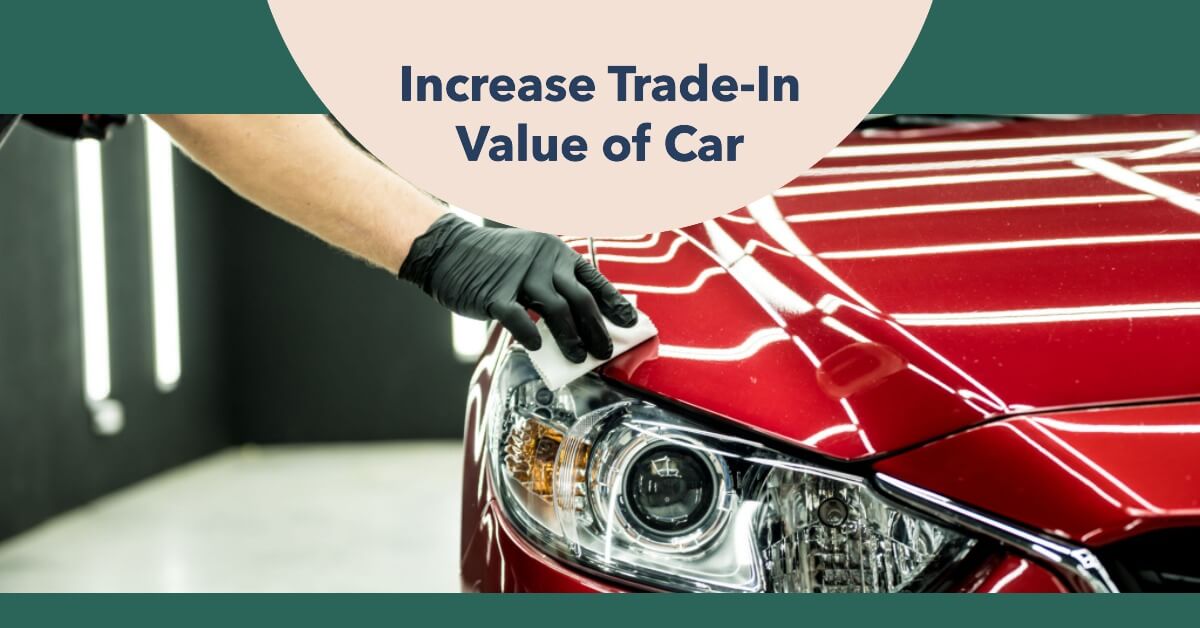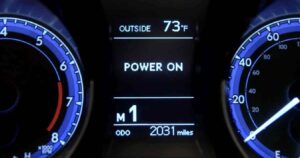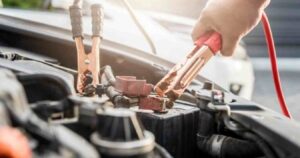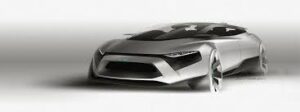Are you planning to trade in your car for a new one? If so, you may be wondering how to get the best value for your current vehicle. The trade-in value of a car is determined by several factors, including its condition, age, mileage, and demand in the market.
In this guide, we’ll discuss various strategies that can help you increase the trade-in value of your car and get the best deal possible.
Table of Contents
ToggleFactors that affect the trade-in value of your car
Before we dive into the strategies, let’s first understand the factors that influence the trade-in value of your car:
Condition of the car
The condition of your car is one of the most critical factors that determine its trade-in value. A car that is in good condition, both mechanically and aesthetically, will fetch a higher value than a car that has visible wear and tear. It’s essential to keep your car clean, tidy, and well-maintained to increase its trade-in value.
Age of the car
The age of your car is another crucial factor that affects its trade-in value. Generally, newer cars have a higher trade-in value than older ones, as they are in better condition and have fewer miles on them. However, some classic or vintage cars may have a high trade-in value despite their age, as they are in high demand among collectors.
Mileage of the car
The mileage of your car is also a significant factor in determining its trade-in value. Cars with lower mileage will generally have a higher trade-in value than those with higher mileage, as they are perceived to be in better condition and have fewer chances of having mechanical issues.
Market demand
The demand for your car model in the market is another crucial factor that affects its trade-in value. If there is high demand for your car model, you can expect to receive a better trade-in value. However, if there is low demand for your car model, you may need to negotiate harder to get a fair trade-in value.
Now that you understand the factors that affect the trade-in value of your car let’s explore some strategies that can help you increase it.
Preparing your car for a trade-in
One of the essential steps to increase the trade-in value of your car is to prepare it for the trade-in. Here are some tips to help you get your car in tip-top shape:
Clean the car thoroughly
Before taking your car to the dealership, make sure it’s clean both inside and out. Vacuum the carpets, wipe down the dashboard and interior surfaces, wash and wax the exterior, and clean the windows. A clean car looks more attractive and can increase its trade-in value.
Repair any visible damages
If your car has any visible damages, such as dents, scratches, or chipped paint, consider repairing them before taking your car for a trade-in. Repairing these damages can make your car look newer and more attractive, increasing its trade-in value.
Check the tires
Check the condition of your tires and ensure that they have adequate tread depth. If the tires are worn out, consider replacing them before trading in your car. New tires can improve the handling and performance of your car, making it more appealing to potential buyers.
Gather all the necessary documents
Make sure you have all the necessary documents for your car, such as the title, registration, and service records. Having these documents in order can make the trade-in process smoother and more efficient.
Making repairs before trading in your car
In addition to preparing your car for a trade-in, you should also consider making necessary repairs to increase its value. Here are some repairs that can increase the trade-in value of your car:
Fix any mechanical issues
If your car has any mechanical issues, such as engine problems, transmission issues, or brake troubles, consider getting them fixed before trading in your car. A well-maintained car is more valuable and can fetch a higher trade-in value.
Replace worn-out parts
If your car has any worn-out parts, such as brakes, belts, or hoses, consider replacing them before trading in your car. New parts can improve the performance of your car and make it more appealing to potential buyers.
Upgrade the car’s features
If your car has outdated features, such as an old stereo system or worn-out seats, consider upgrading them before trading in your car. Upgraded features can make your car more appealing and can increase its trade-in value.
Increasing the value of your trade-in
In addition to preparing and repairing your car, you can also take additional steps to increase its trade-in value. Here are some strategies you can use:
Research the value of your car
Before trading in your car, research its value using online resources such as Kelley Blue Book or Edmunds. Knowing the value of your car can help you negotiate a fair trade-in value and ensure that you’re getting the best deal possible.
Negotiate with multiple dealerships
If you’re trading in your car, it’s essential to shop around and negotiate with multiple dealerships to get the best trade-in value. Don’t settle for the first offer you receive and make sure you’re getting a fair price for your car.
Consider timing
The timing of your trade-in can also affect its value. Consider trading in your car during the off-season or when the dealership is running a promotion. This can increase your chances of getting a better trade-in value.
Sell your car to a private party
Another option to consider is selling your car to a private party. Selling your car privately can help you get a higher value than trading it in at a dealership. However, selling your car privately can be more time-consuming and requires more effort on your part.
Negotiating the trade-in value of your car
When negotiating the trade-in value of your car, it’s essential to be prepared and know your car’s value. Here are some tips to help you negotiate a fair trade-in value:
Be realistic
Be realistic about the value of your car and don’t expect to get more than its worth. Research the value of your car and be prepared to negotiate based on its condition, age, mileage, and demand.
Be willing to walk away
If you’re not satisfied with the trade-in value offered by the dealership, be prepared to walk away. You have the right to shop around and find a better deal, so don’t settle for less than what your car is worth.
Consider other incentives
In addition to the trade-in value, consider other incentives offered by the dealership, such as discounts on the purchase of a new car or financing options. These incentives can help you save money and get a better overall deal.
Deciding between trading in your car or selling it privately
When deciding between trading in your car or selling it privately, consider your priorities and the time and effort required for each option. Trading in your car is more convenient and requires less effort, but you may not get the best value for your car. Selling your car privately requires more effort, but you have the potential to get a higher value for your car.
Conclusion
Increasing the trade-in value of your car requires a combination of preparation, repair, and negotiation. By following the strategies outlined in this guide, you can increase the value of your car and get the best deal possible.
Remember to research the value of your car, prepare it for the trade-in process, and negotiate with multiple dealerships to ensure that you’re getting a fair trade-in value. Consider upgrading your car’s features, fixing any mechanical issues, and replacing worn-out parts to make your car more appealing and valuable.
And finally, when deciding between trading in your car or selling it privately, weigh the convenience and effort required for each option and choose the one that best fits your needs and priorities.
























